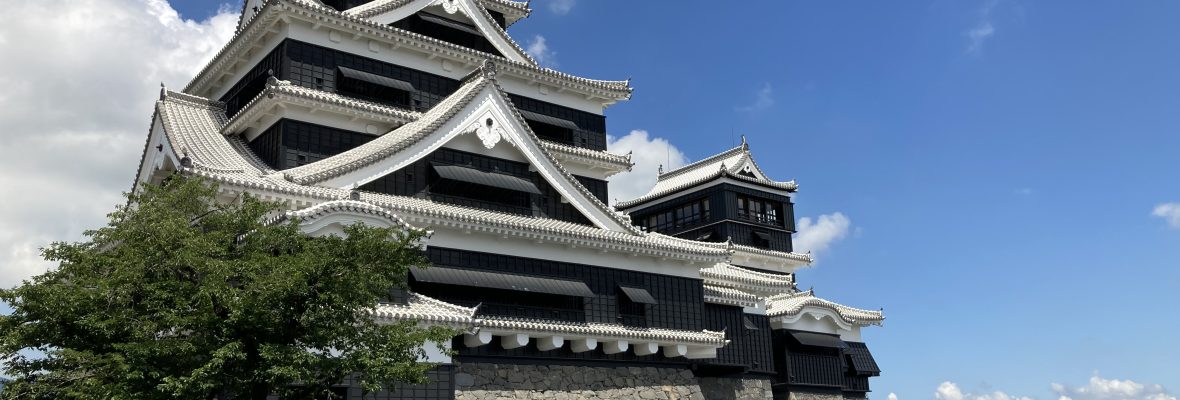Part 1.
A passage in the Yatsushiro diaries notes that in 1546, Sagara Yoshishige, (1489-1546) daimyo of Higo (modern day Kumamoto) han, wrote a letter dated July the 12th to his adopted-son, Haruhiro (1513-1555).
This must be a really good omen. Tens of thousands of good signs. So valuable! I had some silver ores shown to an engineer, Toun. He said the ores are better than those which were mined at Ikuno, Tajima Province (modern day Hyogo Prefecture). I am more than satisfied. Silver ores are rarely found in Japan, yet some are found in our time and in our province. It is just beyond our luck. You should carefully imagine how wonderfully blessed we are with everything, and needless to say, try our best for our family to thrive. Last year, an imperial messenger visited us. It was beyond our expectations. It did look good to the other Kyushu clans. It is obvious that we have got extraordinary luck full of promise. I told the engineer to hurry, and he replied immediately that he understood the situation.
I have sent you another letter to tell you the silver ore mines were found at Miyaharu on July the 6th in 1546. You should understand my intention and never lose this information. The sheet of the record should be kept safe and secure for the future.
I am waiting for more good news.
With best regards,
July the 12th
Yoshishige
Another historic document tells us that Yoshishige actually received “some more good news” that the ores were refined into about 100 grams of silver on July the 18th.
To give thanks for the divine protection that the clan found the silver mine, Haruhiro prayed at local shrines.
Ouchi Yoshitake was another daimyo successfully trading with the Ming. In the mid-1550s, on one trade voyage, silver was also the means of payment for crew necessities during an unexpected extended stay. On this particular trip the crew had to anchor and wait in Hangzhou Bay for months before they were given permission just to sail into Ningbo Port and trade. During those months of waiting, they had to buy food and daily necessities at Aoshan and Dinghai, in the Zhoushan islands with their silver. Access to large amounts of silver was a valuable resource not only for basic trade and making large profits, but also as a way for crews to survive long trade missions.
The Sagara trade ship the Ichiki Maru was a regular visitor to the Ryukyus but once Haruhiro received the news of the silver, he quickly outfitted the trade ship for a voyage to China. The valuable resource found at Miyaharu mine enabled the Sagara Clan to send their own trade mission to Ming but with an old out-of-date gold seal. Although, the mission failed without the proper certification the Sagara resorted to the smuggling trade. Direct trade with the Ming was started successfully by the Ouchi Clan. Questions were asked. How did the Ouchi Clan with their silver become the prominent daimyo trader with the Ming?
End of Part 1.
Stuart.
References.
三宅亨, 倭寇と王直, 日本と東アジアのコミュニケーションの総合的研究
戦国大名の海外交易 (名古屋学院大学総合研究所研究叢書 31) 2019 by 鹿毛敏夫 (The Overseas Trade of the Sengoku Daimyos (Nagoya Gakuin University Research Institute Research Series 31) )2019 by Toshio Kage.
Hazard. B, The Formative Years of The Wakō, 1223-63, Monumenta Nipponica , 1967, Vol. 22, No. 3/4 (1967), pp. 260-277, Sophia University
Oka Mihoko, Ed, 2022, War and Trade in Maritime East Asia, Palgrave MacMillan
Zuikei Shuho and Charlotte von Verschuer, Japan’s Foreign Relations 1200 to 1392 A.D.: A Translation from “Zenrin Kokuhōki”, Monumenta Nipponica , Winter, 2002, Vol. 57, No. 4 (Winter, 2002), pp. 413-445, Sofia University.


You must be logged in to post a comment.